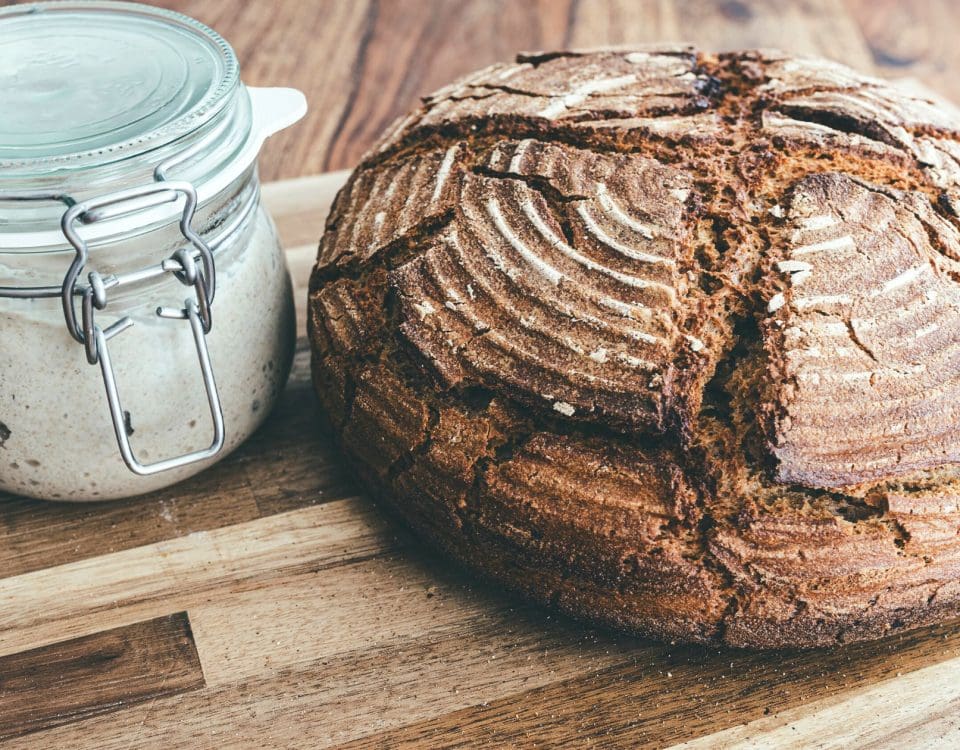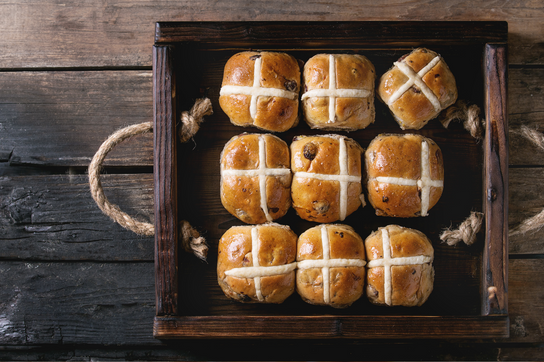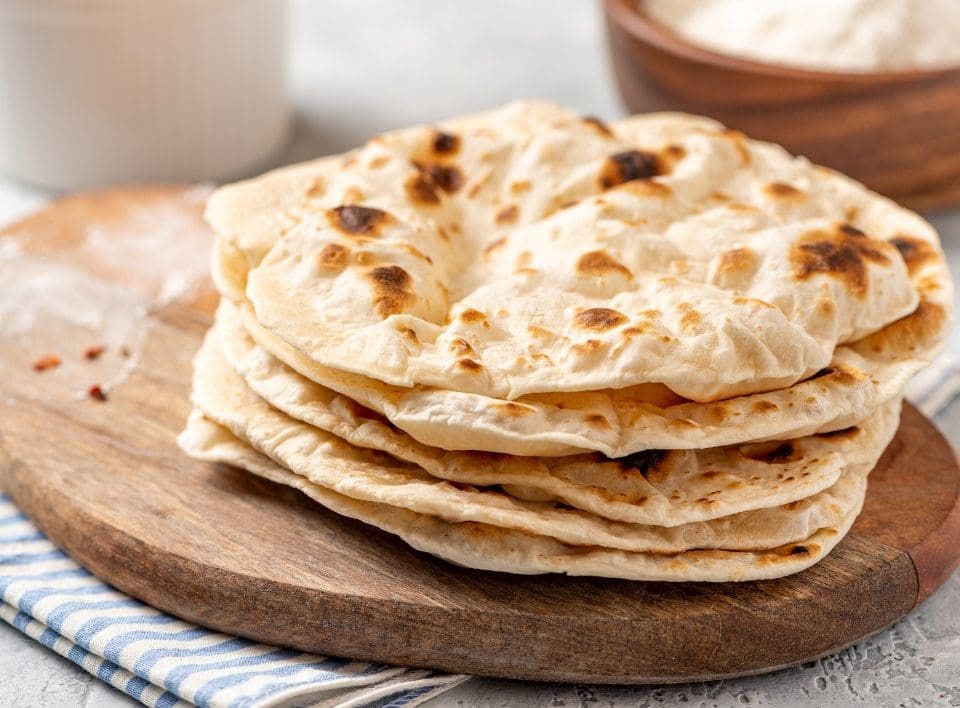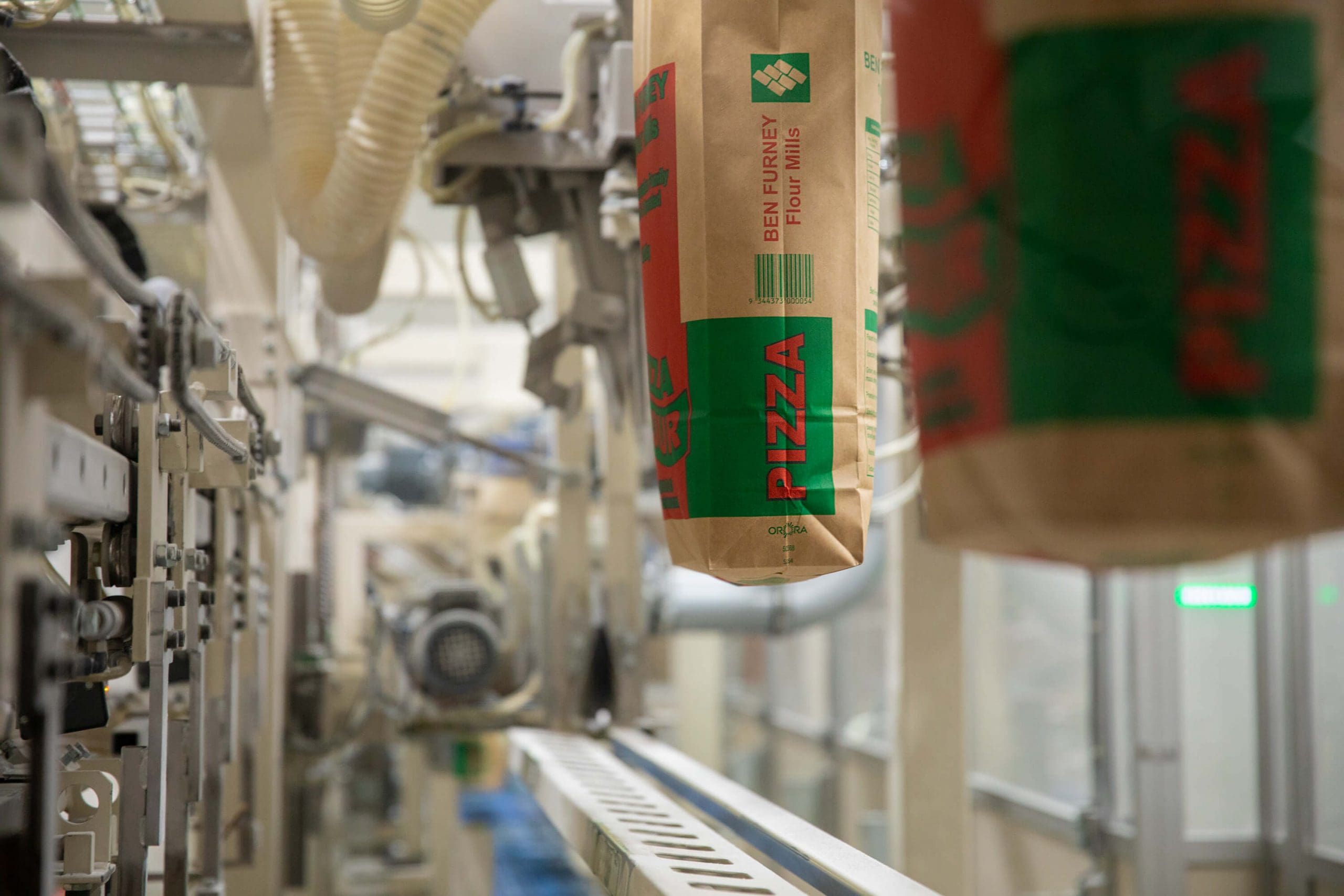
Lean manufacturing: How it can apply to your business
September 4, 2019
Chocolate Mousse using Polava Roma Kold Custard Premix
October 2, 2019Ciabatta
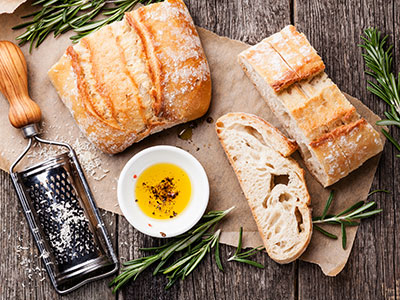
Traditional Italian bread that is formed into an oval or rounded rectangular shape loaf. Baked with a hard crust, Ciabatta bread contains a soft-textured, open to dense crumb. The bread is typically identified by its shape, which is that of a slipper, and thus the meaning of the word “ciabatta” in Italian. There are numerous recipe variations for this bread, some of which alter the shape as well as the crust and crumb textures. It is excellent bread for dipping in olive oil, for stacking high with meats and cheeses, or for use as a grilling bread.
Ingredients
FOR BREAD
- 500g BFFM Premium Flour
- 15g Salt
- 3.5g BFFM Bread Improver
- 4g Dried Yeast
- 12g Oil
- 430g Water
- 300g Biga (see note below)
FOR BIGA
- 1/2 Tspn active dry yeast
- 1/2 Cup warm water
- 1 1/2 Cups unbleached bread flour
- 1/2 Cup cold water
Method
- Mix ingredients (excluding the Biga) on slow for 5 minutes
- Add Biga, mix all ingredients on high for 20 minutes
- Rest for 20 minutes Cut dough into pieces to suit your requirement
- Mould bread dough and place on baking tray
- Place in prover (or bench) for 1 hour
- Bake for approximately 25 minutes @ 220˚C
Method for Biga
- Place the warm water in a small bowl, and sprinkle the yeast over the top. Let stand until yeast has dissolved and is foamy, about 15 minutes.
- Measure flour into a large bowl. Make a well in the center, and pour in the yeast mixture and cold water. Use a sturdy spoon to mix it together until sticky and difficult to stir, but nevertheless thoroughly combined. Cover and allow to ferment for 24 hours in the refrigerator before using.
- Store in the refrigerator for up to 2 weeks. To use, rinse a measuring cup in cool water, scoop out the amount of starter needed, and bring to room temperature.
NOTES: Biga is a type of starter used to make traditional Italian breads. Many Italian breads such as ciabatta are made with a biga base. The flavour and crumb texture of a biga-based bread is significantly different to an ordinary yeast bread, and some consumers appreciate the additional complexity.


